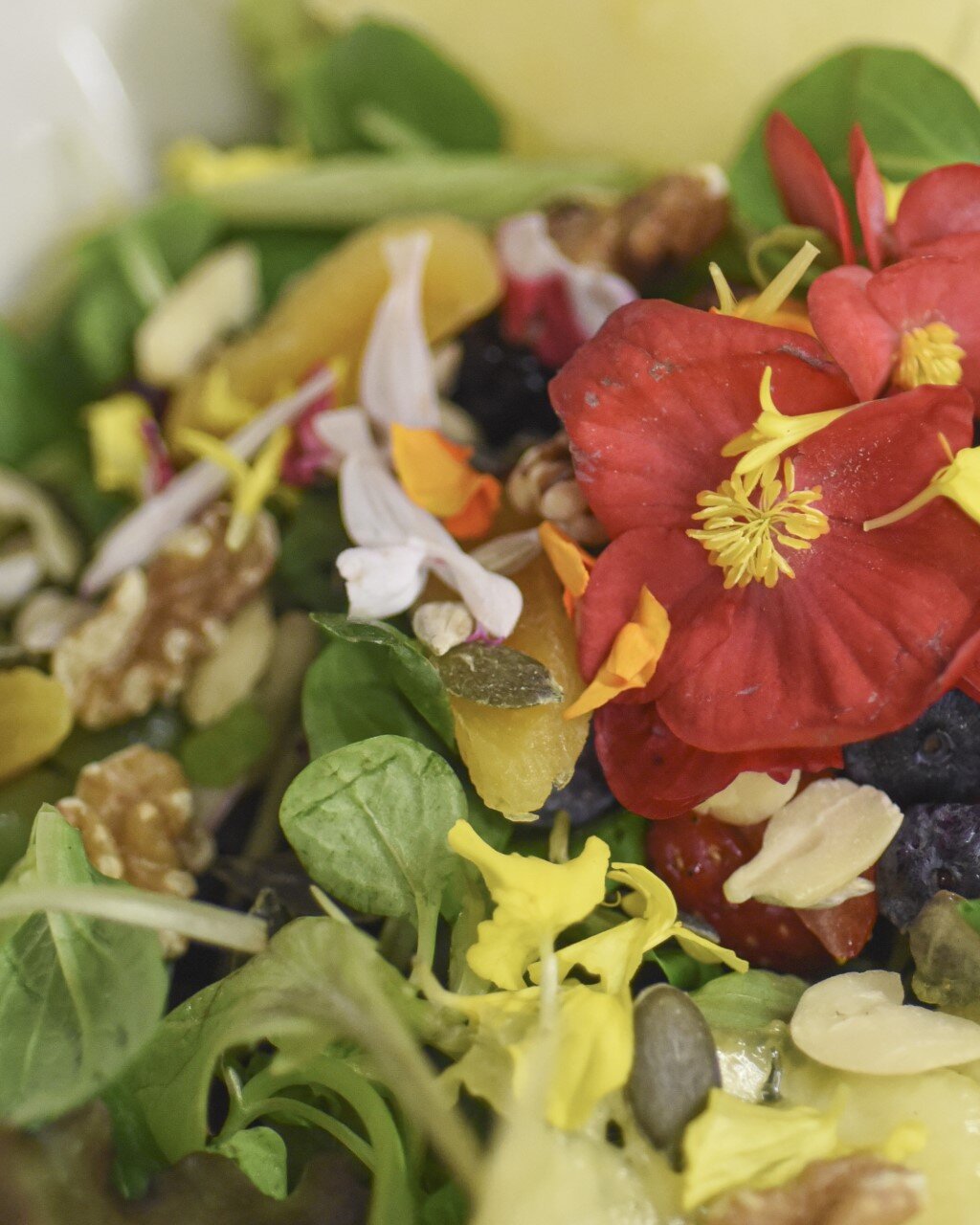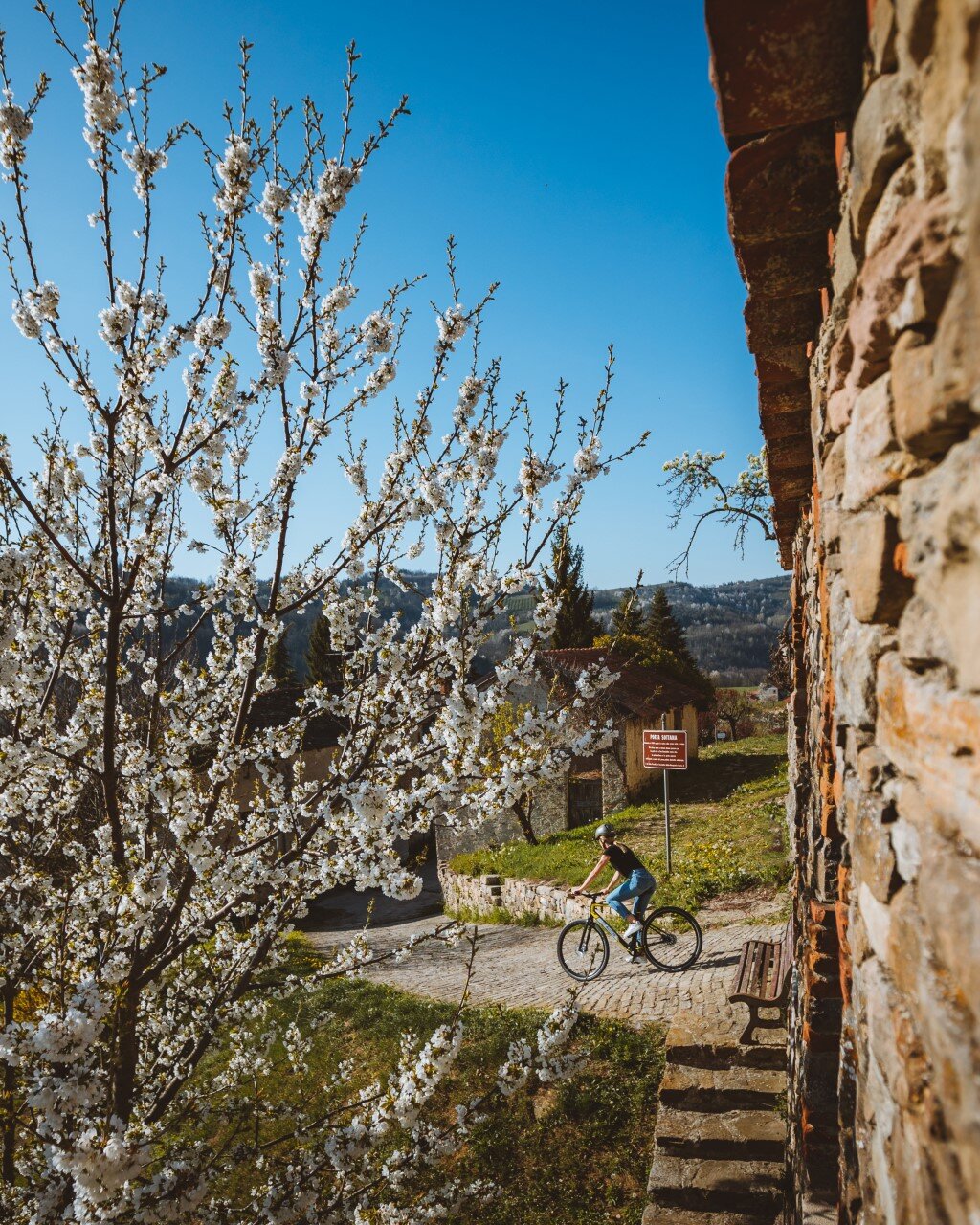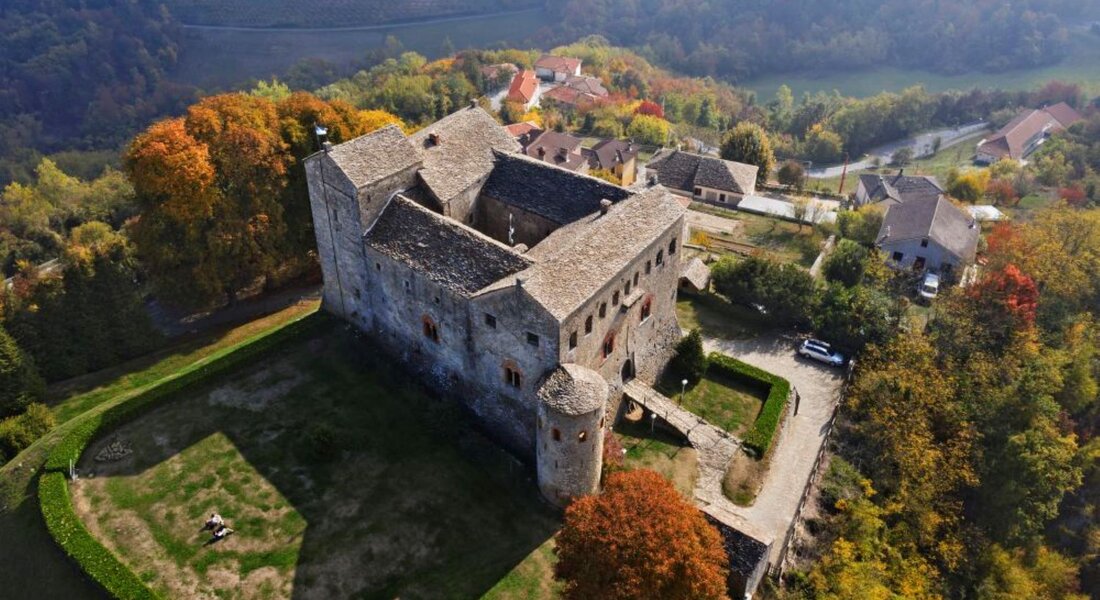Both valleys are very fertile and well cultivated thanks to the unparalleled use of stone terraces for growing cereals, fruit and especially vines on the steep slopes. A soothing landscape, rich in history and art like no other Langa, the Bormida Valley truly preserves the Langa's most ancient heart.
Find out more
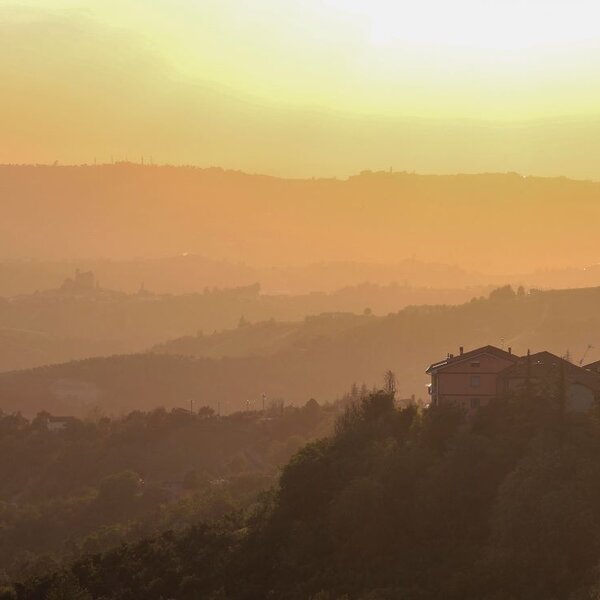
Alta Langa of the Belbo
Find out moreWe leave Cortemilia by going up the river and its bends to the outpost of Torre Bormida, perched on a river spur, with the ruins of a mighty Castle nestled in the woods and a geography featuring rural houses and farmsteads which embellish the hazel groves. From here, you can quickly go up to Cravanzana (it. The Alta Langa of Belbo), or reach Gorzegno, boasting its Castle, the parish Church (the Baroque Del Carretto funeral chapel is remarkable), the ancient San Giovanni Church, before the tunnel, and the Renaissance San Martino Church, next to the castle, a real unexpected gem.
Here comes Camerana, which hides its best features in the isolated village of Villa, with its tall, Tower, the only vestige of the Incisa Castle dismantled in the 1930s, and within the many hilltop churches, one more panoramic than the other. Camerana, with the neighbouring village of Saliceto, is one of the gates to the Belbo Springs Reserve (it. Alta Langa of Belbo), and a paradise for those who enjoy walking along the ancient medieval paths (it takes two days to get to the sea). Actually, Saliceto itself, with its beautiful Renaissance Castle, is already a Ligurian village, at least in the chessboard-shape of its old town. Whereas for the church we go ... all the way down to Rome! Here, in fact, the right-hand man of Julius II, Cardinal Carlo Domenico Del Carretto, commissioned an extraordinary Bramantesque Church, one of the four in the whole of Piedmont (we will see the second one in Roccaverano it. Langa Astigiana from Roccaverano), whose façade is all decorated with esoteric symbols. Beyond the village, right on the border with Cengio, you go up to the 16th-century Sanctuary of the Madonna della Neve, an unexpected stone hamlet immersed in the woods, where, if you want to walk, a medieval sternìa (cobblestone road) will take you along the ancient mule track from Saliceto Alto to Santa Giulia and Carretto, past the Bric Baraccone.
Find out more
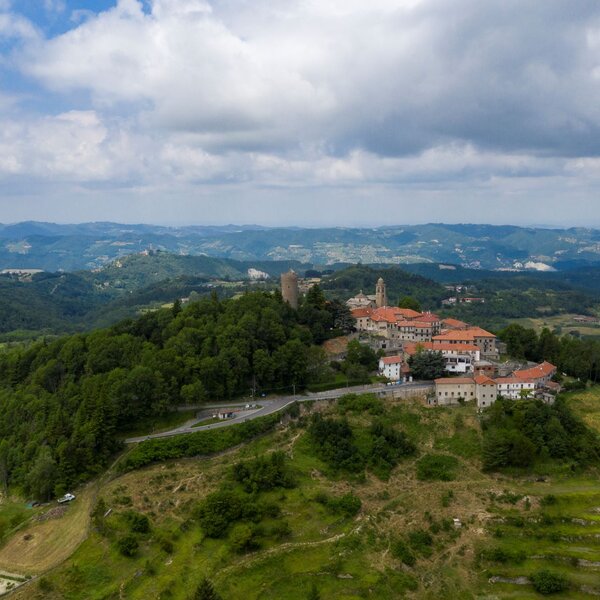
Langa Astigiana in and around Roccaverano
Find out moreOur route now goes back towards Cortemilia, this time taking the path along the ridge. It is all downhill to Bricco della Colma (with the beautiful Beech Wood to be visited on foot) to perceive the surreal vision of Prunetto: an imposing, intact Castle overlooks a sheer cliff above the few houses. Nearby, the Santuario del Carmine preserves ancient forms, medieval frescoes and all the spirituality expressed by this timeless place.
It is time to descend towards the Uzzone Valley: the road is steep and narrow it goes down almost vertically to Pezzolo Valle Uzzone, the only village on the valley floor, very well kept, with the main street conveying the atmosphere of a fortified village. As you leave towards Castelletto it is worth mentioning the evocative San Rocco in Carpaneta, a curious little church overlooking the river and its rock. The route runs green and relaxing through a very pristine environment. The best features about Castelletto Uzzone are definitely the Cascina Crocetta, a place for education and cultural activities, next to San Luigi, near the Beech Woods, the imposing Palazzo Gaiero, still in Renaissance style although of later date, and the hamlet of Scaletta, the last village in the valley, hosting a mansion where a Pope once slept.
